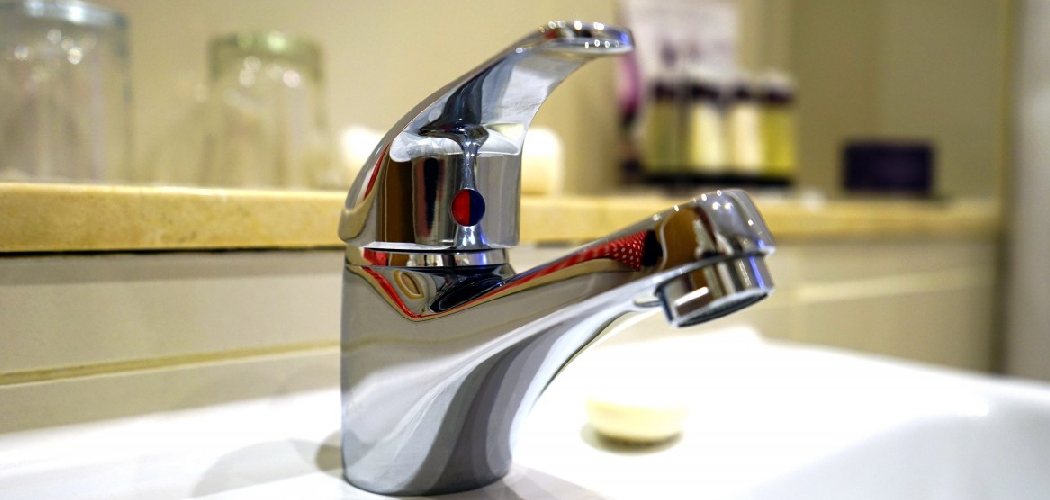Is your bathroom sink gurgling every time you turn on the water? This can be a sign of a serious plumbing problem; You hear it before you see it. The sound of running water seems to come from nowhere. You approach the bathroom, and as you get closer, the source of the noise becomes clear—the sink is gurgling!
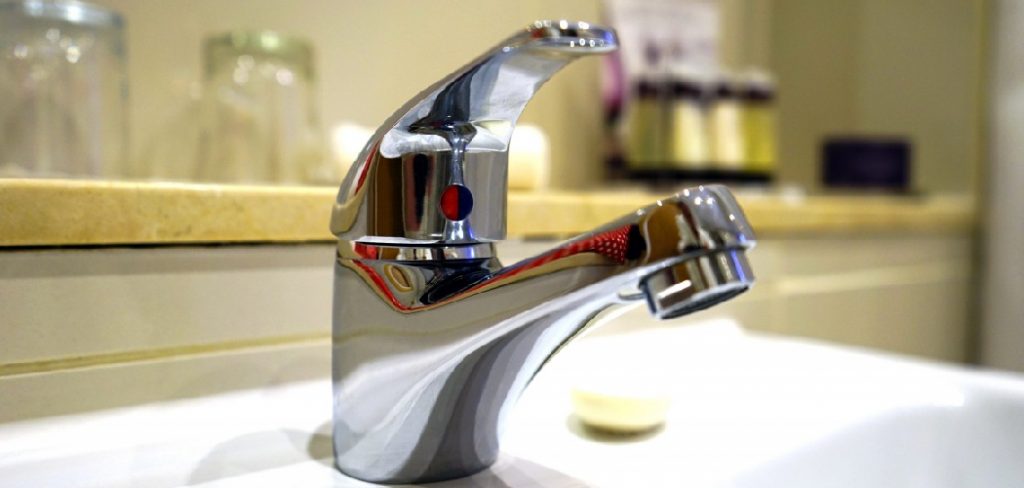
If this has happened to you, don’t worry; you’re not alone. There are steps you can take to stop the gurgling and get your sink back to normal. In this blog post, we’ll walk you through the most common causes of bathroom sink gurgling and how to fix them. Keep reading for tips on how to stop a gurgling bathroom sink. Let’s get started!
Does Plunging a Sink Make It Worse?
The first thing you should consider when trying to stop a gurgling sink is whether or not you should use a plunger. While plunging might seem like a logical solution, it can actually make the problem worse by pushing air bubbles and water through the pipes.
This can result in more gurgling and even clogs that weren’t there before. As such, it’s best to avoid using a plunger unless absolutely necessary. However, if you do decide to go ahead and plunge your sink, make sure you are using the right type of plunger.
10 Methods How to Stop a Gurgling Bathroom Sink
1. Check the P-trap
The first thing you should do when your bathroom sink starts gurgling is to check the P-trap. The P-trap is a U-shaped pipe that is located under the sink. It is responsible for trapping debris and preventing it from entering the drain. If the P-trap is clogged, it can cause the sink to gurgle. To clean the P-trap, simply remove it from the drain and empty it into the garbage can. However, be aware that the P-trap may contain some stinky debris, so you should wear protective gloves when handling it.
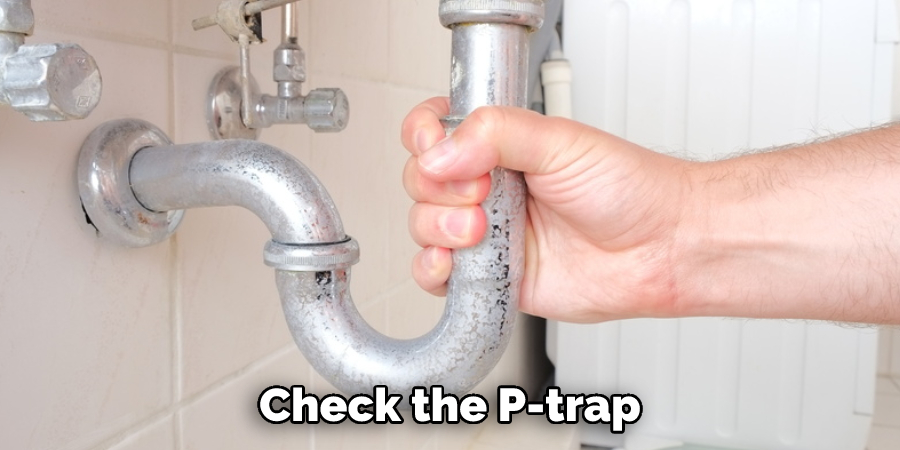
2. Check the Vent Stack
Another potential cause of a gurgling bathroom sink is a clogged vent stack. The vent stack is a pipe that runs from the drain to the roof of the house. Its purpose is to allow air to enter the drain so that water can flow freely. If the vent stack is clogged, it can cause the sink to gurgle. To clean the vent stack, you will need to hire a professional plumber. Although it can be expensive, it is the best way to ensure that your bathroom sink is running properly.
3. Check for Leaks
Another potential cause of a gurgling bathroom sink is a leak in the drainpipe. If there is a leak, water will be able to escape from the pipe, which can cause air bubbles. These air bubbles can then get trapped in the P-trap, which will cause the sink to gurgle. To fix a leaky drainpipe, you will need to hire a professional plumber.
4. Use Boiling Water
If your bathroom sink is gurgling due to a build-up of grease or soap scum, you can try using boiling water to break it down. Simply boil a pot of water and pour it down the drain. Be careful not to splash yourself with the hot water. If the blockage is still there, use a plunger to dislodge it. Although boiling water may not always work, it’s worth a try before resorting to chemical drain cleaners.
5. Use Vinegar and Baking Soda
Another effective way to break down a build-up of grease or soap scum is to use vinegar and baking soda. Simply mix equal parts vinegar and baking soda together and pour it down the drain. Allow it to sit for 15 minutes before flushing it with hot water. While it’s not as powerful as a chemical cleaner, it is an effective and natural way to break down grease and soap scum. You can also add a half cup of baking soda to the drain, followed by one cup of white vinegar. Allow it to sit for 10 minutes before rinsing it with hot water. This is an effective way to remove any clogs caused by grease and soap scum.
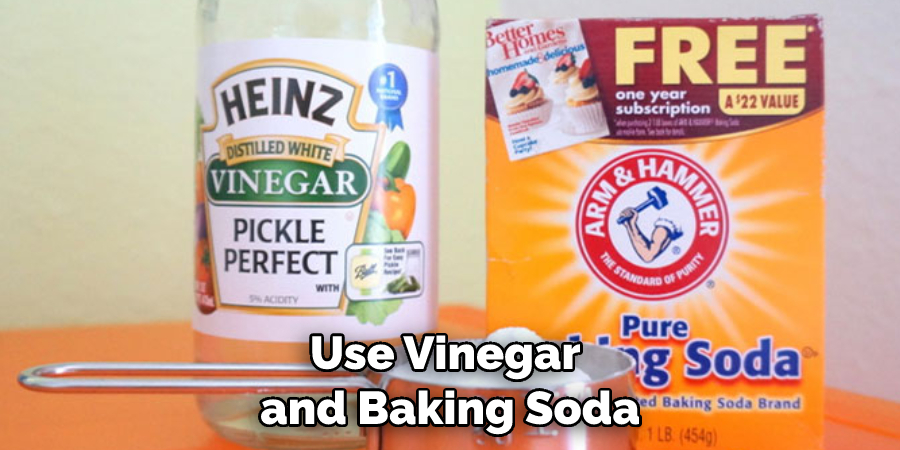
6. Use a Snake
If the P-trap is clogged, you may need to use a drain snake to unclog it. A drain snake is a long flexible metal tool that can be used to reach deep into the pipes and break up any blockages. If you don’t feel comfortable using a drain snake, you can always hire a professional plumber.
Many plumbers are experienced in using a snake to unclog pipes. Using a snake can be time-consuming and messy, so it is best to leave this job to the professionals. If you do decide to use a snake, make sure you are following safety rules and keeping your hands away from any rotating parts. Additionally, be sure to use the proper tools and materials for this job.
7. Install an Air Admittance Valve
An air admittance valve is a device that prevents gurgling noises by allowing air to enter the drainpipe when necessary. It is usually installed on the vent stack and is relatively easy to install yourself. Although it is not required by code, it is a great way to prevent gurgling noises and reduce the risk of clogs. Additionally, installing an air admittance valve can help improve your home’s indoor air quality. Make sure to read the instructions carefully before attempting to install an air admittance valve yourself.
8. Use Chemical Cleaners
Chemical cleaners are often used as a last resort for tough stains and odors. They are often quite powerful and can easily damage fabrics, so it’s important to always read the instructions on the label carefully before using them.
When using a chemical cleaner, be sure to wear gloves and provide plenty of ventilation while cleaning. After using chemical cleaners, rinse any surfaces with cool water to ensure all residue is removed from the area. Take care not to use too much chemical cleaner, as this can damage carpets or upholstery in the long run.
9. Vacuum Regularly
Vacuuming is an important part of a regular cleaning routine. Vacuuming removes dirt and debris from carpets, rugs, and upholstery that is not necessarily visible with the naked eye.
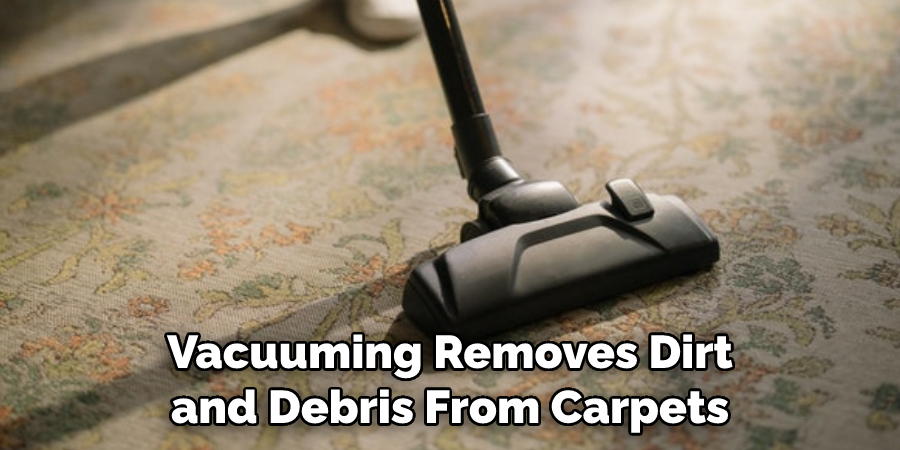
Vacuuming weekly will help keep your floors looking clean and extend their life. Be sure to use an appropriate vacuum cleaner for your surface to ensure that no damage is done while cleaning. When vacuuming carpets or rugs, be sure to go over each area several times to ensure all dirt and debris is removed.
10. Clean up Spills Promptly
Spills are a fact of life, but the way you clean them up can make a big difference in how your floors look and feel. Promptly cleaning up spills will help prevent staining or other damage from occurring.
Blotting surface liquids with a clean, dry cloth is the best way to remove them. Do not rub or scrub spills, as this can cause damage and spread the liquid further. Once you have blotted up all of the liquid, use warm water and a mild cleaner to gently wipe away any remaining residue. Rinse thoroughly with cool water when finished and let air dry.
Recurring spills should be addressed immediately to help prevent permanent staining or damage. All spills should be cleaned up as quickly as possible to help keep your floors looking their best.
It is also important to use the right cleaning products for your flooring type to prevent damage or discoloration. Always read and follow the instructions on any product you use carefully to ensure safe and effective cleaning. Following these tips will help keep your floors in good condition over time.
Things to Consider When Stopping a Gurgling Bathroom Sink
1. Check the P-trap:
The P-trap, which is a bend in the drainpipe under the sink, can be a common source of air bubbles and gurgling sounds coming from a bathroom sink drain. Make sure there are no blockages in the pipe and that it hasn’t become dislodged or disconnected. Removing the P-trap is one way to check for obstructions in your sink’s plumbing system.
2. Clear Clogs:
If you believe that clogs may be causing your gurgling bathroom sink, try using a plunger or auger to remove any blockages from the pipes. It’s also possible that something has become stuck in your sink drain further down the pipe, such as a toy or jewelry. You may need to snake through the pipes with a drain auger to find and clear out any blockages.
3. Check the Vent:
A gurgling bathroom sink can also be caused by a clogged or malfunctioning vent in your plumbing system. The vent is responsible for releasing air pressure that builds up in the pipes, and if it’s not functioning correctly, you may hear gurgling sounds coming from the drain. Check to make sure the vent is clear and that it’s not blocked by debris or dirt.
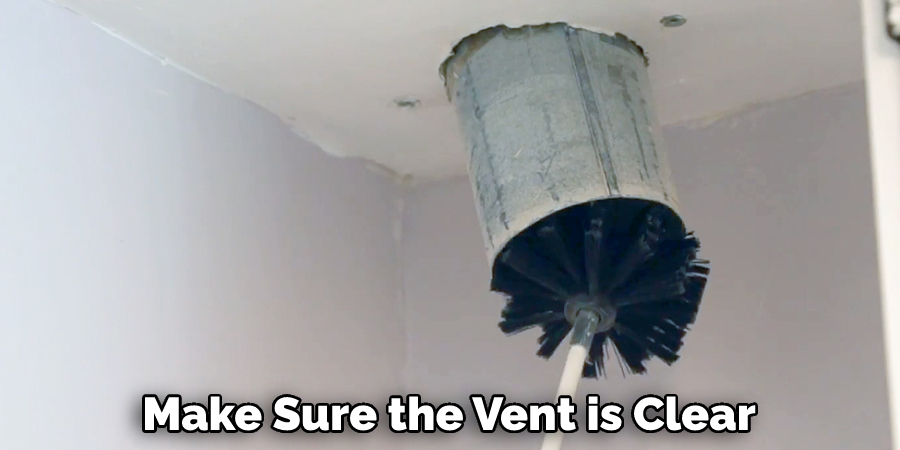
Conclusion
Most of the time, a gurgling bathroom sink is caused by a build-up of debris in the P-trap. You can fix this problem yourself by disassembling the P-trap and cleaning it out. If you have an old metal P-trap, you may want to consider replacing it with a new plastic one.
Newer models are easier to clean and less likely to rust. If your sink is still gurgling after you’ve cleaned the P-trap, there may be a bigger problem further down the sewer line. In this case, you should call a plumber.
Thanks for reading our blog post on how to stop a gurgling bathroom sink! We hope you found it helpful and informative. Happy cleaning!
You Can Check It Out to Fix a Broken Clay Drain Pipe Underground

